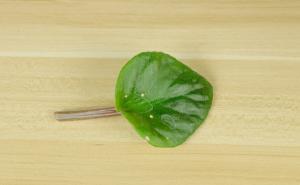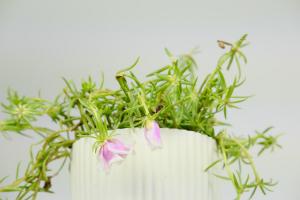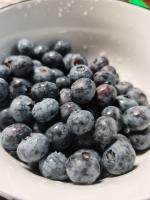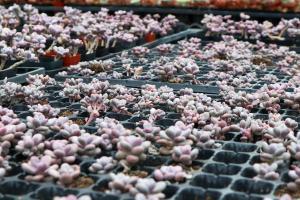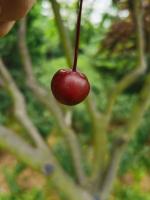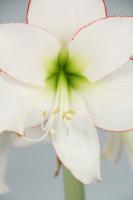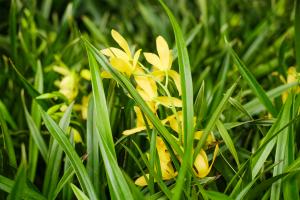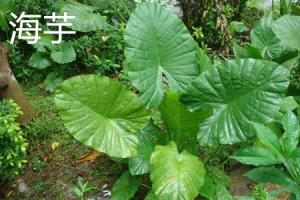1、 Can we spend the winter outdoors
The cold resistance of plum blossom is not strong. Generally, it can endure low temperature of 0 ℃. If the outdoor ambient temperature is higher than 0 ℃, it can be put outdoors, but if the temperature is lower than 0 ℃, the plant is easy to be frostbitten, which not only affects its growth, but also may be frozen to death. Therefore, it is usually impossible to keep it outdoors in the north, and it needs to be moved indoors in time before winter
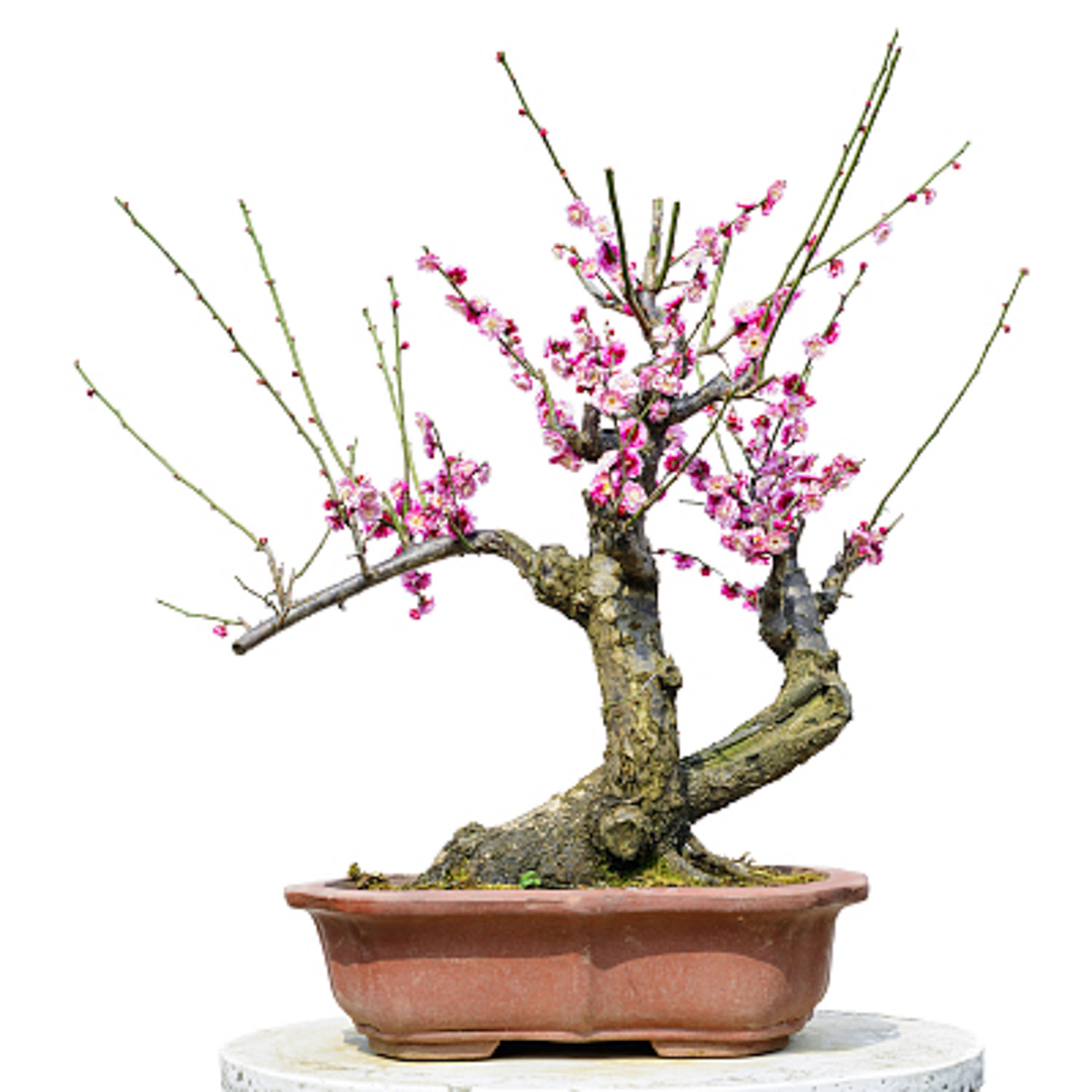
2、 How do you spend winter in the north
1. Move to the greenhouse: although it is said that plum blossom is cold resistant, it can only adapt to the winter in the south. In the north, when the temperature reaches below zero, it will also be frostbitten. Therefore, in the north, it must be moved to the greenhouse in winter, so as to ensure its normal growth
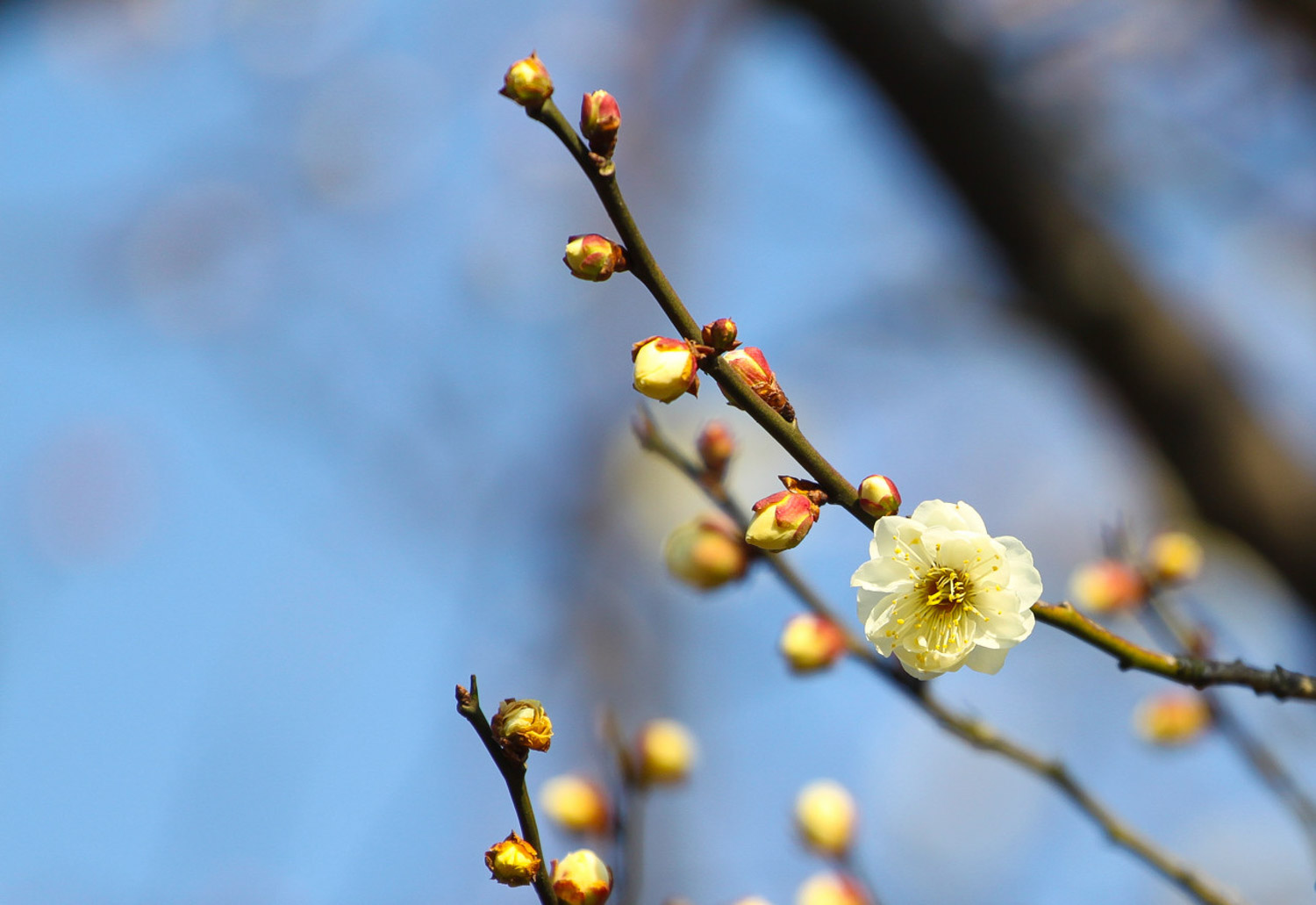
2. Strengthen the light: in addition to ensuring the appropriate temperature, we should also provide sufficient light for the plum blossom, which is also conducive to its growth. Especially in winter, we must let it often bask in the sun, and the light time every day is no less than 6 hours
3. Reduce watering: due to the slow growth of plum blossom caused by low temperature in winter, the demand for water is not too strong, so watering needs to be controlled. Generally wait until the soil is dry before pouring, which can make it in a relatively dry state to avoid too much water affecting growth
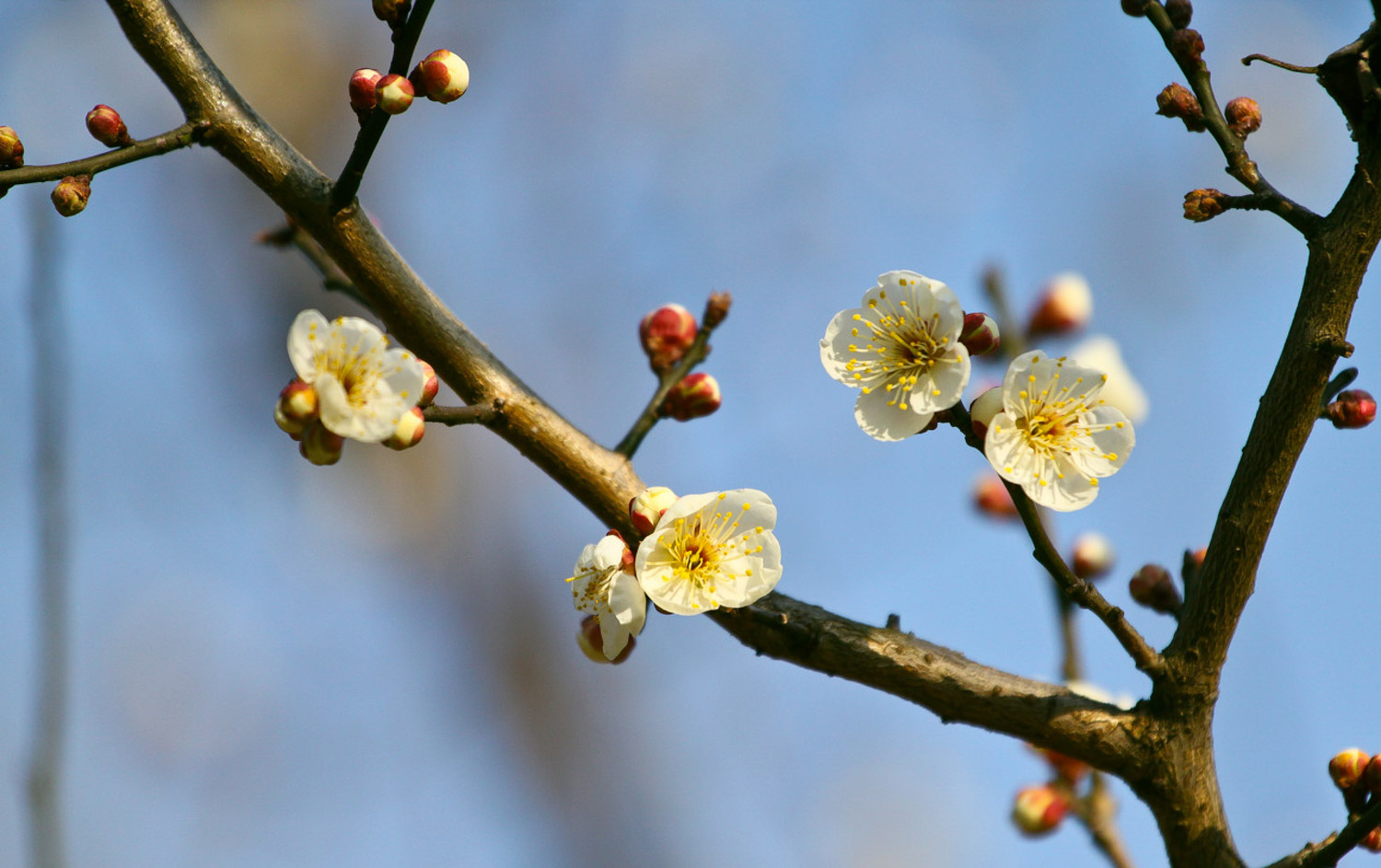
4. Stop fertilizing: the same as the reason for controlling watering, do not fertilize plum blossoms in winter, otherwise it will lead to fertilizer accumulation, which is easy to cause fertilizer damage in spring. However, phosphorus and potassium fertilizer can be applied once before winter, which can help the plant survive the winter
5. Proper pruning: in order to reduce the consumption of nutrients in winter, prune the branches of plum blossom before winter, cut off the weak branches and sick branches, and cut off the bare branches, so that it has enough nutrients to deal with the low temperature invasion in winter

 how many times do yo...
how many times do yo... how many planted tre...
how many planted tre... how many pine trees ...
how many pine trees ... how many pecan trees...
how many pecan trees... how many plants comp...
how many plants comp... how many plants can ...
how many plants can ... how many plants and ...
how many plants and ... how many pepper plan...
how many pepper plan...